In Karachi, Pakistan's vibrant urban center, botanists and ecologists study floral coloration adapted to local climates. These color shifts signal ecosystem communication and provide insights into global warming's impact on flora. The city's diverse botanical landscape offers a natural laboratory for understanding plant adaptation strategies. Research reveals that temperature, sunlight, and soil influence flower colors, with rising temperatures shifting hues from rich to softer pastels. This knowledge is crucial for predicting plant responses to climate change and safeguarding Karachi's unique biodiversity amidst urbanization and warming temperatures.
In the vibrant botanical landscape of Karachi, climate plays a pivotal role in shaping floral colors, leading to intriguing color shifts. This article delves into the intricate relationship between weather patterns and flower pigmentation, exploring how environmental factors drive these changes. We present a case study on Karachi’s diverse flora, analyzing correlations between local climate and bloom pigments. With temperature rises, understanding these shifts is crucial for predicting impacts on future floral displays, making it a vital area of research for ecologists and botanists alike in the context of our changing climate.
- The Role of Climate in Floral Coloration: Unraveling the Basics
- Karachi's Botanical Landscape: A Case Study on Color Shifts
- Environmental Factors Influencing Bloom Colors
- Scientific Analysis: Correlations Between Climate and Flower Pigments
- Observed Effects on Local Flora Due to Temperature Changes
- Future Research Directions: Predicting Color Shifts in Blooms
The Role of Climate in Floral Coloration: Unraveling the Basics
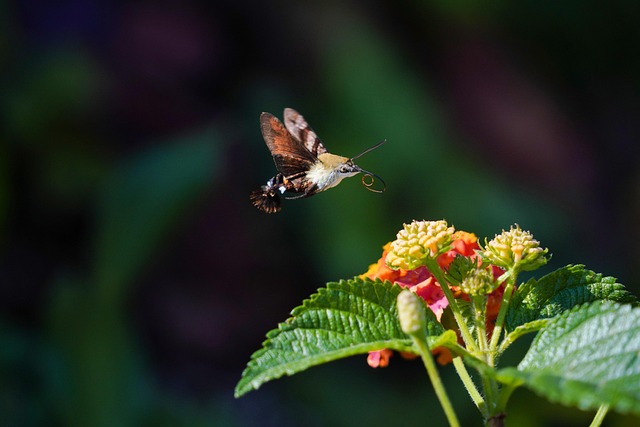
In the vibrant landscape of Karachi, Pakistan, the interplay between floral coloration and climate is a captivating subject for botanists and ecologists alike. The diverse plant life in this metropolis exhibits remarkable variations in color, which are not just aesthetically pleasing but also hold profound ecological significance. Climate plays a pivotal role in shaping these colors, as plants adapt to changing temperatures and rainfall patterns. For instance, during hotter seasons, certain blooms may display more vibrant hues due to increased photosynthesis, while cooler climates might result in richer, deeper shades as plants conserve energy.
Understanding these color shifts is essential for several reasons. Firstly, it helps us decipher the intricate communication systems within ecosystems, where colors can signal various conditions to pollinators and other organisms. Secondly, tracking climate-driven color changes offers valuable insights into the impact of global warming on local flora. The dynamic relationship between floral coloration and Karachi’s climate provides a unique lens through which we can explore the broader implications of environmental shifts on plant life and, by extension, the city’s biodiversity.
Karachi's Botanical Landscape: A Case Study on Color Shifts
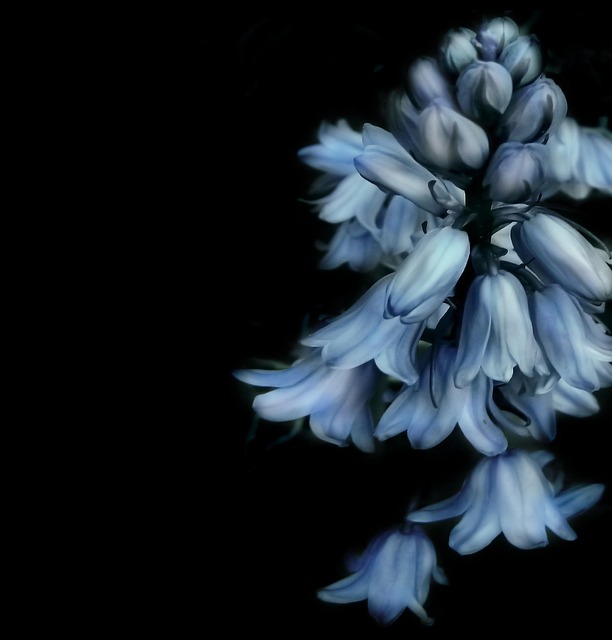
Karachi, Pakistan’s vibrant metropolis, boasts a diverse and captivating botanical landscape that serves as an intriguing case study for understanding color shifts in blooms and their climate correlations. The city’s gardens and parks are a kaleidoscope of colors, hosting a wide array of flora from local wildflowers to exotic imports. These floral displays not only enhance the urban aesthetics but also provide valuable insights into how climate change might influence plant coloration.
The unique geographical location of Karachi, characterized by its arid to semi-arid climate, offers a microcosm for studying environmental factors affecting bloom color. Researchers have observed that as temperatures rise and weather patterns shift, certain plants exhibit noticeable changes in their hue, from richer reds and blues to softer pastels. This phenomenon is particularly evident during the blooming season when Karachi experiences heightened humidity levels. By examining these color shifts, scientists gain a deeper understanding of plant adaptation strategies and their potential impact on ecosystem dynamics in response to climate variability.
Environmental Factors Influencing Bloom Colors

In the vibrant landscape of Karachi, as in many regions worldwide, bloom colors are not merely aesthetic delights but hold profound environmental clues. Factors like temperature, sunlight exposure, and soil composition play a pivotal role in shaping the hues of flowers. For instance, higher temperatures can intensify reds and oranges, while cooler climes may favor softer pastels. Sunlight, too, influences pigment production; more sunlight can lead to richer colors as plants absorb more light energy for photosynthesis. Similarly, soil nutrients and pH levels significantly impact color shifts; certain minerals enhance specific pigments, resulting in a kaleidoscope of colors across different blooms. Understanding these environmental factors offers a glimpse into the intricate relationship between climate change and the visual diversity of floral displays, making Karachi’s botanical tapestry a fascinating study case.
Scientific Analysis: Correlations Between Climate and Flower Pigments

Scientific analysis has unveiled intriguing correlations between climate conditions and the pigments found in blooms, offering a unique perspective on how plants adapt to their surroundings. In the vibrant city of Karachi, for instance, researchers have observed distinct variations in flower colors over time, closely tied to changing weather patterns. Warmer temperatures and altered precipitation rates have been shown to influence the synthesis of anthocyanins, the pigments responsible for shades of red, purple, and blue in many flowers. This phenomenon is not limited to Karachi; similar studies worldwide reveal that climatic shifts can prompt changes in floral pigmentation, with consequences for both plant reproduction and ecosystem dynamics.
The analysis suggests that darker-hued flowers may offer better protection from intense sunlight during hotter climates, while lighter shades could aid in heat dissipation. These adaptations are particularly significant for plants in urban environments like Karachi, where concrete structures and asphalt can significantly elevate local temperatures. Understanding these climate-color correlations is crucial for ecologists and botanists aiming to predict how plant communities might shift and evolve in response to global warming.
Observed Effects on Local Flora Due to Temperature Changes
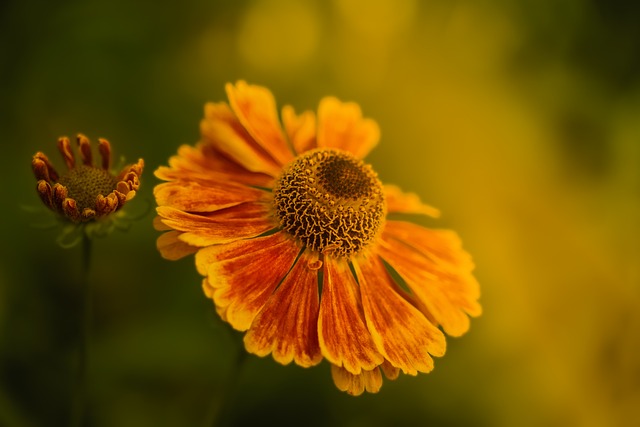
In recent years, researchers in cities like Karachi have noticed striking changes in the local flora due to temperature fluctuations. As global climate patterns shift, plants are responding with distinct color shifts in their blooms. These transformations offer valuable insights into the ecological adaptations to warming temperatures and varying weather conditions. For instance, certain species of flowers that once bloomed vibrant hues may now display muted tones, reflecting a physiological response to heat stress.
The impact is particularly evident in Karachi, where rapid urbanisation and rising temperatures have led to significant shifts in plant behavior. Local botanists observe that many native flower varieties are blooming earlier in the season, sometimes even ahead of their usual time frames. This anticipatory blooming could be a survival strategy, ensuring plants access essential resources before competitive species catch up. However, it also raises concerns about potential ecological disruptions and challenges to food web dynamics.
Future Research Directions: Predicting Color Shifts in Blooms
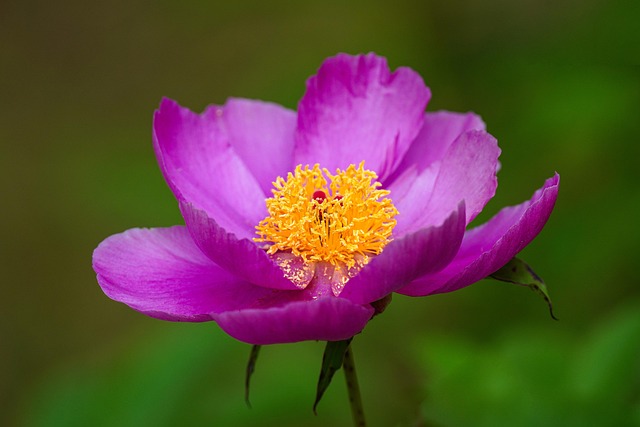
As we’ve explored the fascinating correlations between climate change and color shifts in blooms, future research holds immense potential to unravel more complexities. One promising direction is developing predictive models for color changes in floral displays across various regions, including the vibrant landscapes of Karachi. By integrating historical data on bloom timing, temperature records, and other environmental factors, scientists can create algorithms that anticipate how different flower species will adapt their hues in response to evolving climatic conditions. This proactive approach could aid conservation efforts by enabling ecologists to monitor and protect fragile ecosystems, especially those with unique and vibrant floral diversity like Karachi’s.
Moreover, studies should focus on understanding the underlying mechanisms driving these color shifts. Research can delve into the biochemical processes that control pigment production in flowers, exploring how rising temperatures or altered rainfall patterns might impact these pathways. Unlocking these biological secrets will not only enhance our knowledge of plant physiology but also contribute to the development of climate-resilient agricultural practices, ensuring the longevity of colorful blooms like those adorning Karachi’s urban and natural spaces.
The study of color shifts in blooms offers a fascinating glimpse into the intricate relationship between climate and floral ecology, particularly in urban areas like Karachi. By examining these shifts, we gain valuable insights into how changing environmental conditions impact plant pigmentation. The case study on Karachi’s botanical landscape highlights the significance of understanding local flora’s responses to temperature variations. Scientific analyses have revealed promising correlations between climate factors and flower pigments, providing a foundation for future research. As we look ahead, predicting color changes in blooms can help us anticipate and mitigate potential impacts on biodiversity, ensuring the longevity of Karachi’s vibrant and diverse botanical landscape.
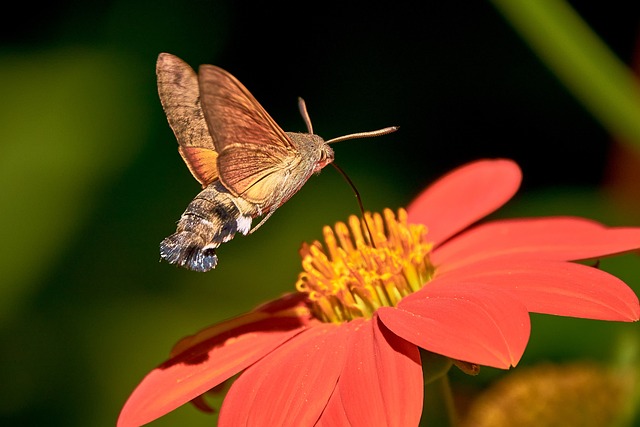
Leave a Reply